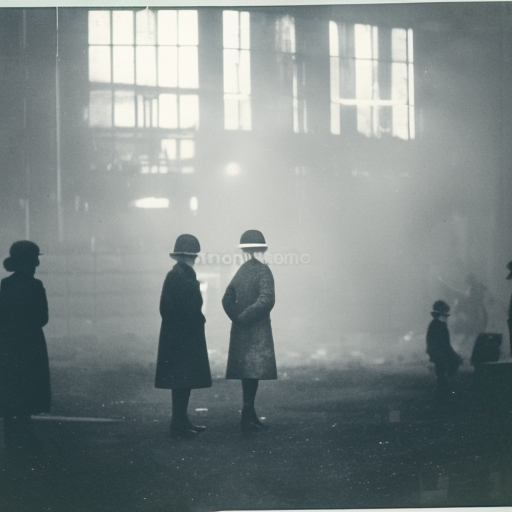Summary:
The Triangle Shirtwaist Factory fire was a devastating industrial disaster that occurred on March 25, 1911, in New York City. It resulted in the deaths of 146 garment workers, mostly young immigrant women. The fire exposed the hazardous working conditions in the garment industry and led to significant reforms in labor and workplace safety regulations.
The Fire:
The fire broke out on the eighth floor of the Triangle Shirtwaist Factory, a sweatshop located in the Asch Building. The building’s exit doors were locked to prevent theft and unauthorized breaks. As the fire spread rapidly, panic ensued among the workers. Some tried to escape through the stairwells, but they were narrow and quickly became impassable. Others attempted to use the elevators, but they could only carry a limited number of people at a time. Tragically, the fire escape collapsed under the weight of the fleeing workers, causing many to fall to their deaths.
Causes and Aftermath:
The fire was caused by a discarded cigarette or match that ignited the highly flammable materials in the factory. The lack of safety measures, such as fire alarms, sprinklers, and adequate fire escapes, contributed to the high death toll. The incident shocked the public and highlighted the dangerous working conditions faced by many factory workers.
Public Outcry and Reforms:
The Triangle Shirtwaist Factory fire sparked widespread outrage and led to a series of investigations and reforms. The factory owners, Max Blanck and Isaac Harris, were indicted on charges of manslaughter but were acquitted due to lack of evidence. However, the tragedy galvanized the labor movement and public opinion, leading to significant changes in labor laws and workplace safety regulations.
Legislative Reforms:
The fire prompted the creation of the Factory Investigating Commission (FIC) in New York. The FIC conducted extensive investigations into workplace conditions and made recommendations for legislative reforms. As a result, New York State passed several laws to improve workplace safety, including the establishment of the Bureau of Fire Prevention and Compensation for industrial accidents.
National Impact:
The Triangle Shirtwaist Factory fire had a profound impact on labor laws and workplace safety standards across the United States. It helped to galvanize the labor movement and led to the formation of the International Ladies’ Garment Workers’ Union (ILGWU). The tragedy also influenced the passage of the federal Occupational Safety and Health Act in 1970, which aimed to ensure safe and healthy working conditions for all employees.
Legacy:
The Triangle Shirtwaist Factory fire remains a significant event in American history. It serves as a reminder of the importance of workplace safety and the need to protect the rights of workers. The tragedy led to lasting reforms that improved working conditions and laid the foundation for future labor movements. Today, the site of the fire is marked by a memorial plaque, honoring the victims and their contributions to the fight for workers’ rights.












